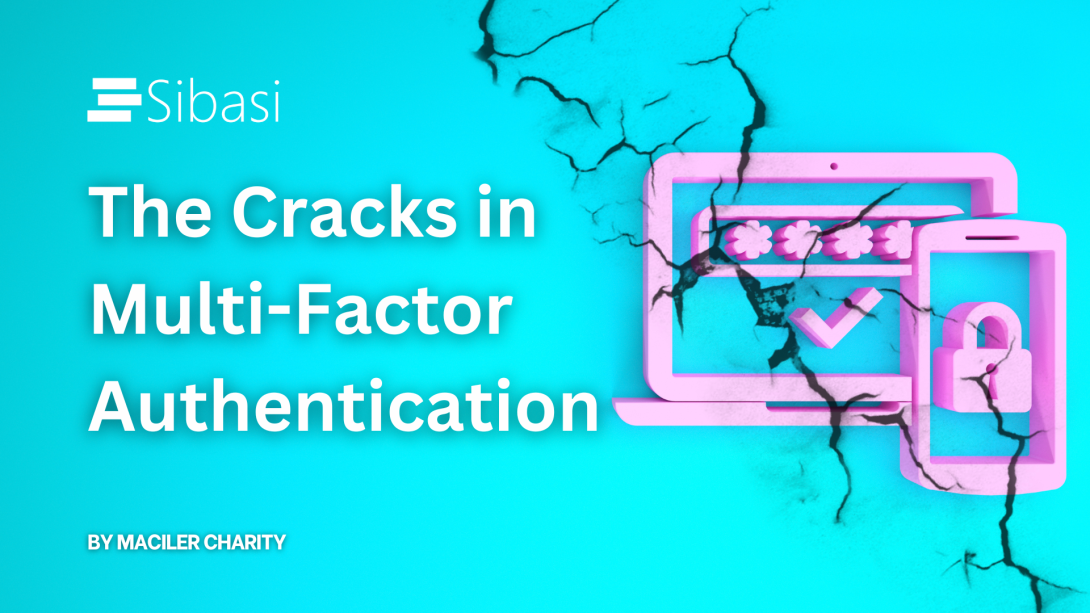
Passwords alone are no longer enough to ward off cybercriminals. The bad guys will stop at nothing to steal your password and even the longest and most complex passphrase crumbles when faced with the time and cracking tools at their disposal. For them, your password is not just a string of characters; it's a coveted key to unlock a treasure trove of sensitive information.
MFA (Multi-Factor Authentication) is a stronger security layer, but it's not foolproof. In this article we will discuss some common attacks that hackers can pull to bypass MFA and how to prevent falling for them.
1. MFA Fatigue:
- What it is: Attackers bombard the user with login requests, hoping they'll eventually get tired and approve one.
- How it works: They might use stolen credentials or automated tools to trigger repeated login attempts. With each attempt, the user receives an MFA prompt (push notification, code, etc.). The attacker hopes the user will eventually approve one out of frustration or to make the notifications stop.
- Prevention: Be aware of MFA fatigue and don't approve prompts you don't recognize. Organizations can set limits on login attempts and educate users about this tactic.
2. Man-in-the-Middle (MitM):
- What it is: Attackers intercept the communication between the user and the login system, potentially capturing the MFA code.
- How it works: This can involve malware, fake login pages, or compromised Wi-Fi networks. The attacker can then use the stolen credentials and MFA code to gain access to the account.
- Prevention: Use strong passwords, avoid untrusted networks, and be cautious of unexpected login prompts. Organizations can implement encryption for communication channels.
3. Token Theft:
- What it is: Attackers steal the physical device (security key) or software token (app) used for generating MFA codes.
- How it works: This could involve social engineering (tricking the user into giving up the token), malware that steals token data, or physical theft of the device.
- Prevention: Keep MFA tokens secure, don't share them with anyone, and consider using biometrics (fingerprint, facial recognition) for additional security. Organizations can offer alternative MFA methods if physical tokens are used.
4. Social Engineering:
- What it is: Attackers manipulate the user into giving up their login credentials or MFA codes.
- How it works: They might pose as a legitimate source (e.g., IT support, bank) and trick the user into revealing sensitive information. Phishing emails or phone calls are common tactics.
- Prevention: Be cautious of unsolicited communication, verify requests through official channels, and don't share login information or MFA codes easily. Organizations can train employees to recognize social engineering attempts.
5. Exploiting Weaknesses in MFA Systems:
- What it is: In rare cases, attackers might find vulnerabilities in the specific MFA system itself.
- How it works: This could involve technical exploits or zero-day attacks targeting specific weaknesses.
-
Prevention: It's important to use reputable MFA solutions from trusted vendors and keep them updated with the latest security patches. Organizations should monitor for vulnerabilities and implement best practices for MFA configuration.
Remember⚠️
MFA is still a valuable security measure. By understanding these bypass methods and implementing appropriate precautions, you can significantly reduce the risk of unauthorized access.







